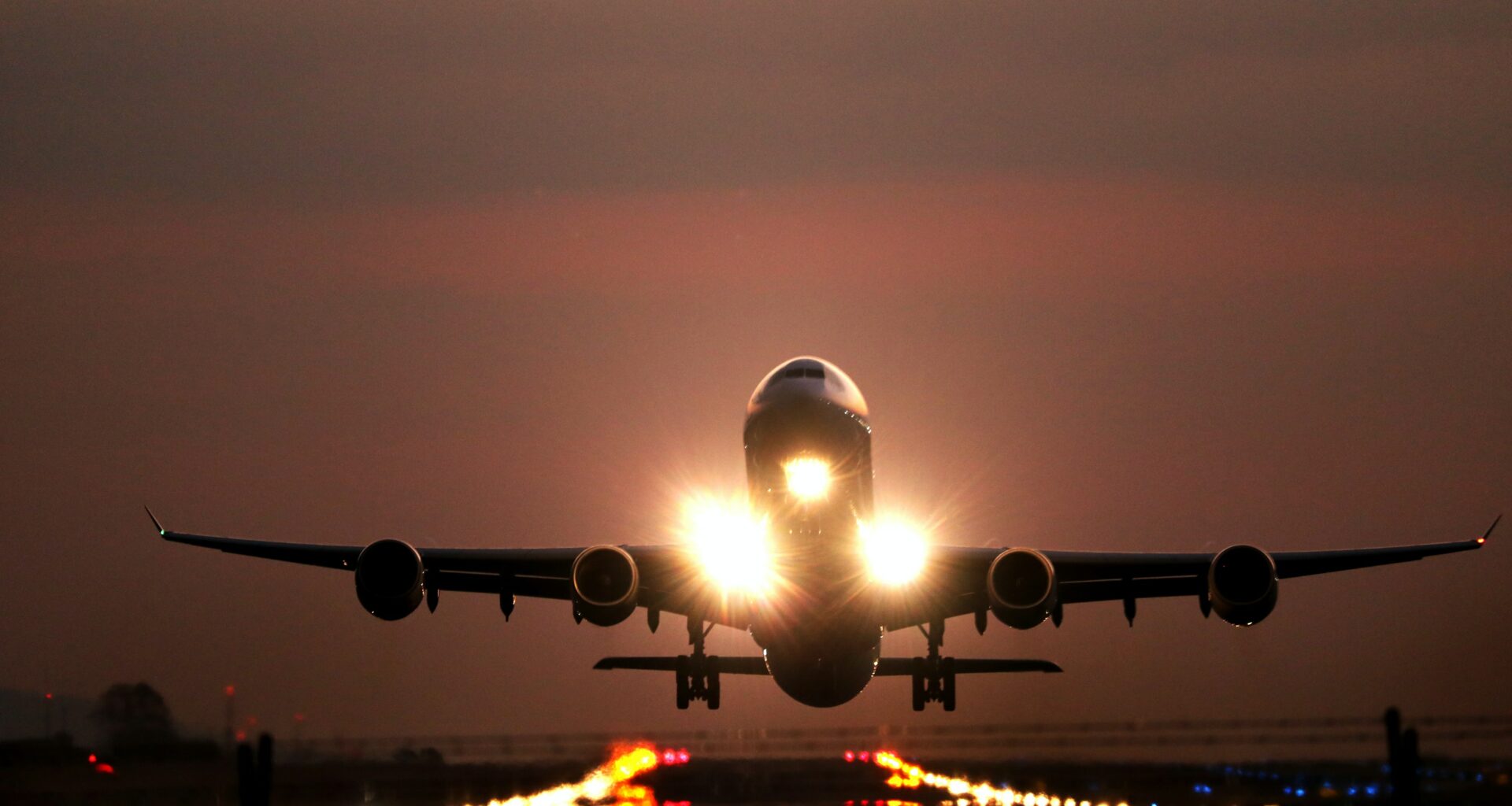
Jet fuel prices are up more than 128% from a year ago, according to IATA, putting a lot of pressure on cargo airline margins.
Global Crossing Airlines Group Inc. (NEO: JET) is pioneering a unique strategy that could increase an aircraft’s container volume by about half while lowering its fuel burn by a fifth. After signing a multi-year charter with one of the best-known names in aviation, the company is well on its way to executing the strategy – but few investors are taking notice.
Building a Fleet
GlobalX began passenger charter operations last year with over 700 flights and $16.3 million in revenue during the first quarter of 2022. But, while passenger flights generate $1.5 to $2.2 million in annualized gross profit, cargo flights are much more lucrative, generating $4.2 to $5.5 million in annual gross profit (before overhead).
The company’s Passenger-to-Freight (P2F) program aims to convert A321 passenger aircraft into cargo planes. The conversion features a capacity of 14 upper deck and ten lower deck containers, which is 55% more containerized volume than the Boeing 737-800 freighter. At the same time, it burns 19% less fuel than the Boeing 757-200 freighter.
GlobalX already has two conversions underway that will become operational by October 1, 2022, and plans to expand to 25 aircraft by 2025. A fleet of that size could generate between $105 and $137.5 million per year in gross profit. And when adding in its passenger business, these figures rise to $142.5 to $192.5 million in gross profit per year.
Expanding Routes
GlobalX is already starting to build out its cargo routes. In May, the company announced a multi-year charter agreement for its first Airbus A321 P2F aircraft with an affiliate of Avianca Cargo to support its North American and Latin American cargo programs. And the deal allows the firm to wet lease or charter up to four additional freighters.
The agreement with Aviance Cargo is the first of thirteen firm agreements with lessors and seven additional commitments to acquire and convert Airbus A321s in its P2F program. The company plans to bring all these future converted aircraft to market between October 2022 and December 2024, with firm monetizing agreements.
In addition to Avianca Cargo, GlobalX recently signed a memorandum of understanding with FreightCloud, one of China’s leading e-commerce shipment logistics firms, and their financial partner Hudson Highland Partners, to develop China to U.S. e-commerce freight shipment routes with further redistribution shipments within the Americas.
Undervalued Opportunity
Global Crossing Airlines Group Inc. (NEO: JET) trades with a market capitalization of less than $50 million, which is surprising given that it generated more than $16 million in first-quarter revenue and could see between $142.5 and $192.5 million in gross profit per year by 2025 when its passenger and cargo fleets are fully built out.
The company avoids the impact of high fuel prices with mostly wet leases. Under these agreements, it provides the aircraft, crew, maintenance, and insurance on an hourly basis to lessees. Meanwhile, the lessee covers fuel, airport fees, and other duties or taxes. As a result, the company has predictable margins and avoids exposure to fuel prices.
Of course, many investors probably group GlobalX with other airline stocks suffering from high jet fuel prices. For instance, the U.S. Global Jets ETF (JETS) is trading down 21% since January and 34% over the past 52 weeks. Without diving into GlobalX’s story, it’s easy to assume they are in the same boat as other airlines.
But that oversight could become an opportunity.










